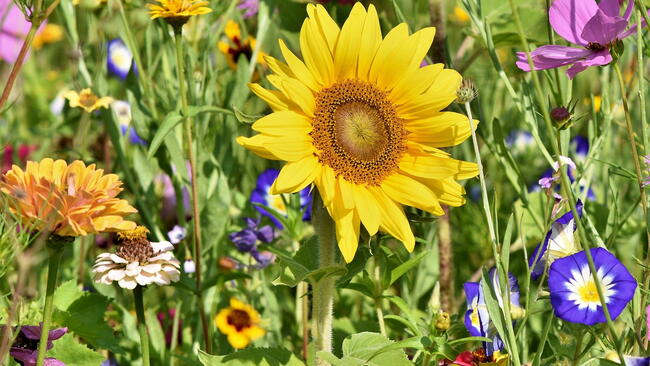
White and orange impatiens
How to Plant, Grow, and Care for Impatiens
ADVERTISEMENT
I have a double impatient plant , is it an inside or outside plant? How do I look after it as I’m new to growing flowers.
Hi Violet, Thanks for your question. Your double impatiens can be either a house plant or grown outdoors. They are best known as garden bed plants that provide a pop of color throughout the growing season, but are also well suited for containers and hanging baskets. Since impatiens are a tropical plant, they are very sensitive to cold and should not be put outdoors or planted until there is no threat of frost.
Impatiens need rich, moist, and well-drained soil and do best in partial shade. They need regular water, so keep them moist, but not too wet. Impatiens grown in containers or hanging baskets will need more water.
I live I Hawaii my impatient plant is about four years old and it tend to droop I water it but that only helps a little do impatients get all and die after a period of time
Aloha, Jim,
You’ve done well to keep an impatiens plant for several years; they are generally grown as annuals but of course you have ideal conditions. Watering impatiens anywhere—too much or too little—can be tricky. Your plants might be getting too much water; that could cause them to be saturated and droop. If they are drooping in the midday, when the temp is the warmest in hot sun, they may be drooping in response but might perk up later in the day if you leave them alone. Then again it might be time to start or purchase some new ones. We hope this helps!
I see HUGE mounds of impatiens all over. They seem pretty tall and densely packed. How do you plant to get those huge mounds? Do you have to have a large tall pile of dirt to achieve that? Just planting them ground level doesn't have the same effect. Thanks much









Comments